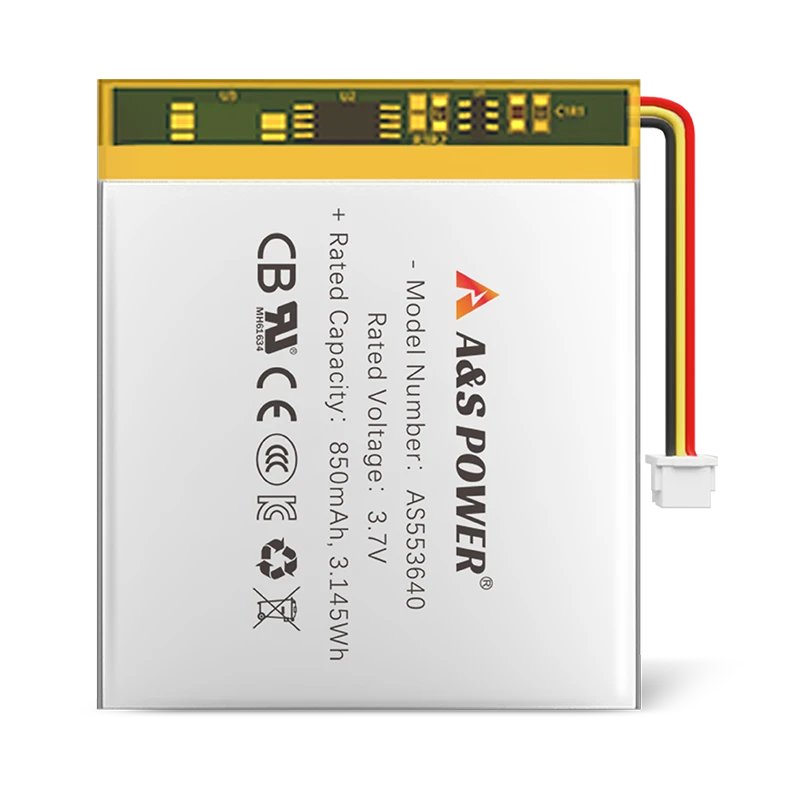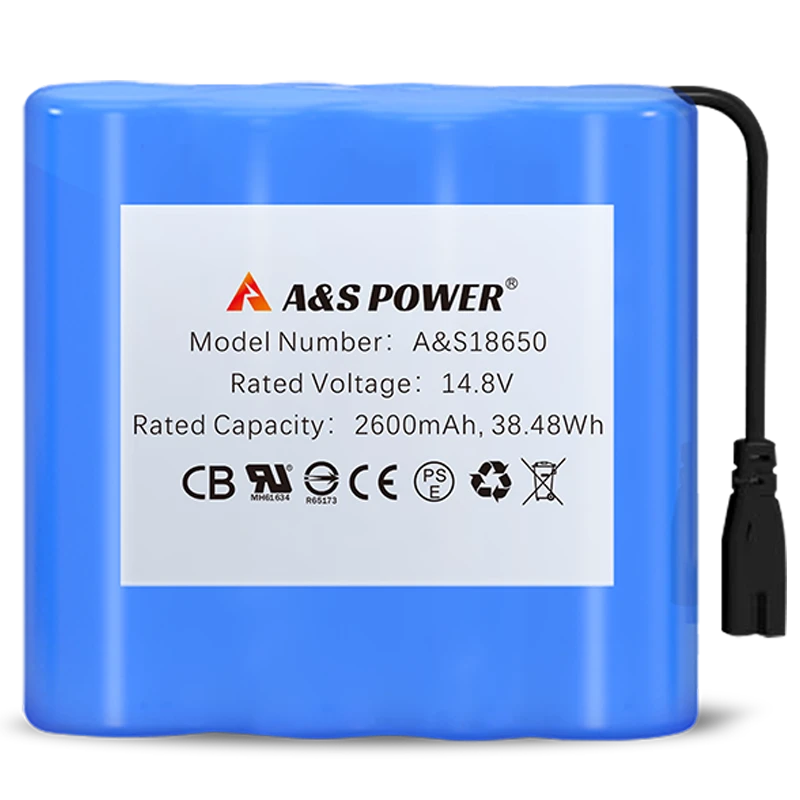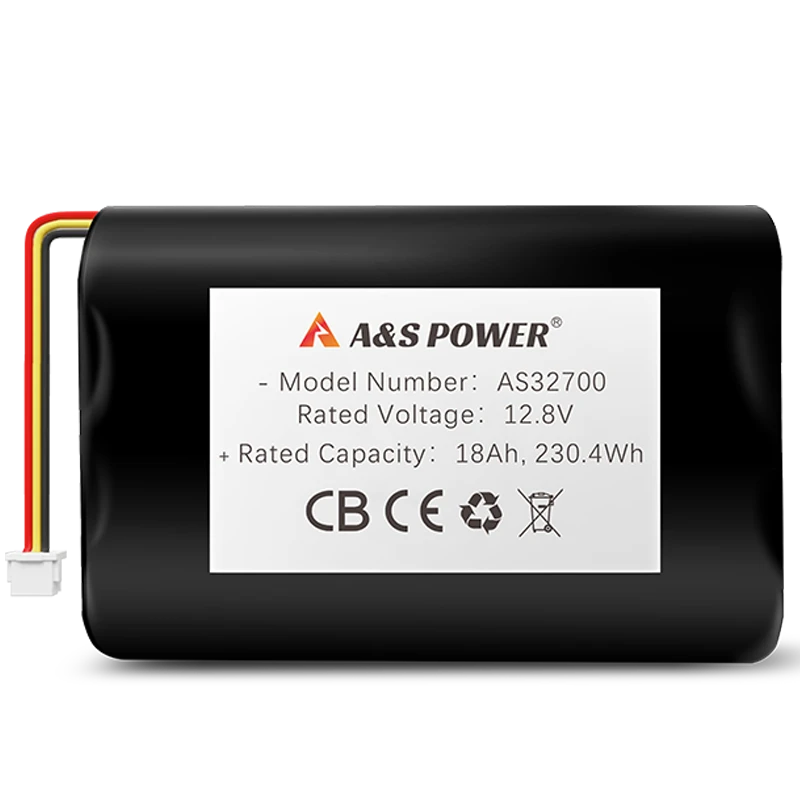What are the negative electrode materials for lithium ion batteries
Lithium-ion battery anode materials are roughly divided into six types: carbon anode materials, alloy anode materials, tin-based anode materials, lithium-containing transition metal nitride anode materials, nanoscale materials, and nanoscale anode materials.
The first is carbon anode material: the anode materials actually used in lithium-ion batteries are basically carbon materials, such as artificial graphite, natural graphite, mesocarbon microspheres, petroleum coke, carbon fiber, pyrolysis resin carbon, etc.

The second is tin-based negative electrode material: tin-based negative electrode material can be divided into two kinds of tin oxide and tin-based composite oxide. Oxides refer to oxides of metal tin in various valence states. There are no commercial products.
The third is a lithium-containing transition metal nitride anode material, and there is no commercial product.
The fourth is alloy anode materials: including tin-based alloys, silicon-based alloys, germanium-based alloys, aluminum-based alloys, antimony-based alloys, magnesium-based alloys and other alloys, and there are no commercial products.
The fifth is nanoscale anode materials: carbon nanotubes and nanoalloy materials.
The sixth nanomaterial is nanooxide material.
Follow us and explore more! ? Facebook
-

 May.2025.11.24Ternary Lithium Battery vs Lithium-ion: Complete Comparison Guide (2025 Edition)Learn More
May.2025.11.24Ternary Lithium Battery vs Lithium-ion: Complete Comparison Guide (2025 Edition)Learn More -

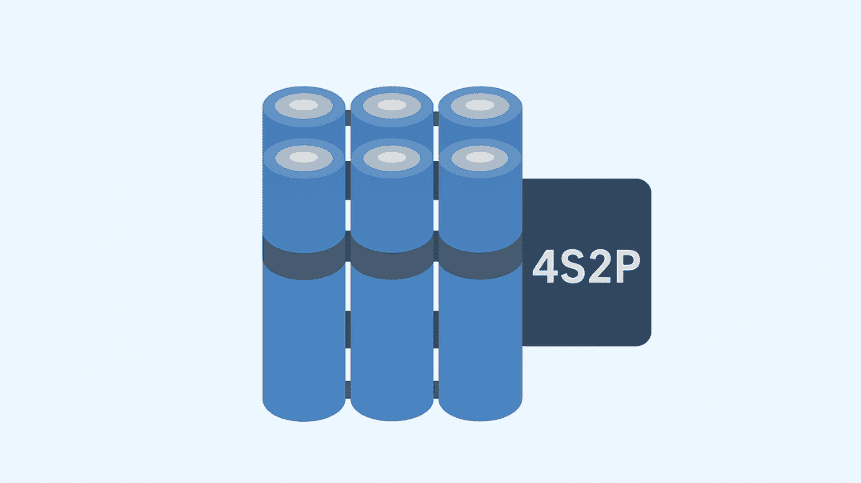 May.2025.11.214S2P 18650 14.8V Battery: Complete Technical Guide, Specs, Applications & SafetyLearn More
May.2025.11.214S2P 18650 14.8V Battery: Complete Technical Guide, Specs, Applications & SafetyLearn More -

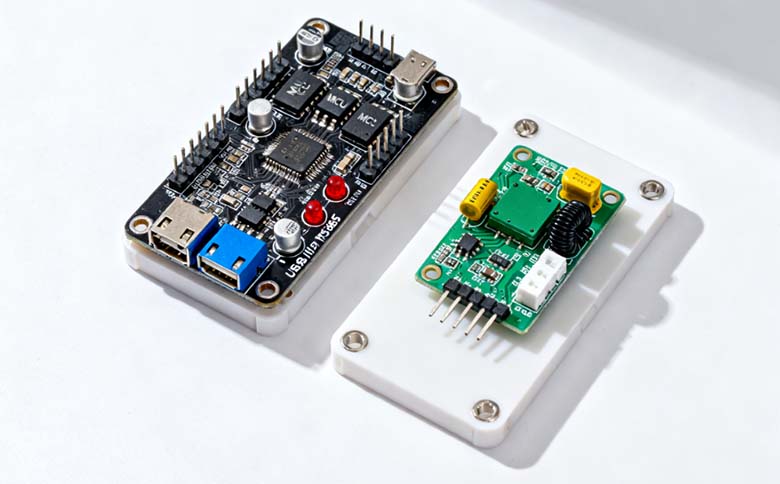 May.2025.11.18PCM vs BMS in Lithium Batteries: What’s the Difference and Which One Do You Need?Learn More
May.2025.11.18PCM vs BMS in Lithium Batteries: What’s the Difference and Which One Do You Need?Learn More -

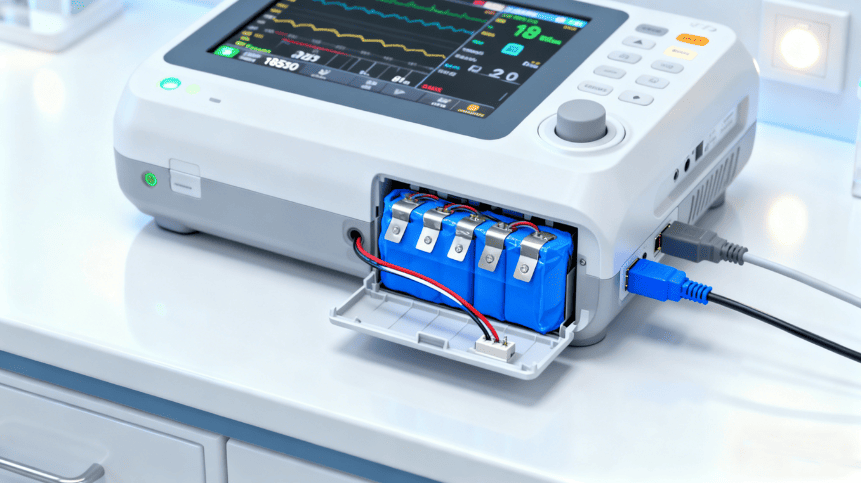 May.2025.11.17Custom Li-ion Battery Design for Medical Devices (2025 Comprehensive Guide)Learn More
May.2025.11.17Custom Li-ion Battery Design for Medical Devices (2025 Comprehensive Guide)Learn More -

 May.2025.11.17The Future of Lithium-Ion Batteries: Innovation, Sustainability, and Global Market TrendsLearn More
May.2025.11.17The Future of Lithium-Ion Batteries: Innovation, Sustainability, and Global Market TrendsLearn More




